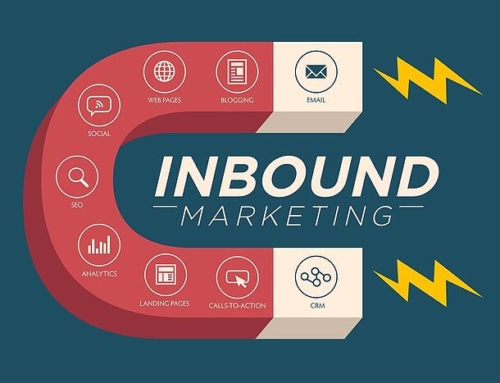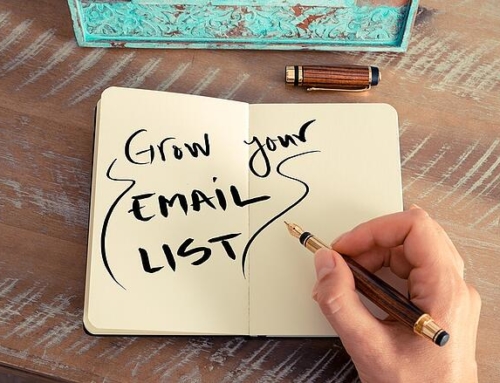The Fundamentals of an Effective Lead Nurturing Campaign
Developing solid lead nurturing campaigns should be one of the most important components of your overall inbound marketing strategy.
If you have been wondering why your open rates are low, and your unsubscribe rate is high, it could be that you’re not nurturing your leads properly.
Usually, only about half of the leads that your company acquires are actually ready to buy – the other half have to be gently nudged through the sales cycle.
If you’re not sure where you’re getting it wrong, consider these ways of nurturing your leads.
Build a Relationship
You don’t want to “push” sales. Most of the time, people are doing research and gathering information before actually making a purchase. Encourage them to subscribe to your newsletter, or read articles on your blog that relate to a problem they are looking to solve.
Don’t Send Bad Emails
The worst emails ever contain vague subject lines, do not allow the reader to reply, and do not contain a call to action.
Good emails are personal – they show that you have taken the time to learn something about the behaviors and interests of your leads. No one wants to receive an email that they know came from a bot. So, think about sending emails from actual people in your organization who can help you to get a sale.
You can also personalize emails by inserting the name of your prospect in the subject line and body of the email – “Here is a special offer for you, John Doe!”
Re-engage
If you find that your leads aren’t responding, re-engage them. You can do this by asking them for feedback. Perhaps offer them an incentive if they fill out a questionnaire telling you what they like about your emails, and what they don’t like. Worst case scenario, they’ll unsubscribe. Best case scenario, they’ll offer you valuable information and may even at some point become a customer.
Educate Your Leads
Again, one of the most important factors in nurturing your leads is educating them about a solution to a problem they may be facing. Even if you send no other emails, you should always send at least one educational email. An informed buyer is a willing buyer, and by doing this, you can shorten the sales cycle. So, include information about your blog articles, offer a “how to”, or talk about the latest trends in your particular industry. People want to be informed.
Make Offers
Give people something useful. Have you written an e-book that will educate your prospect on a solution that will help them reach their goals? If you haven’t, then do it, and offer it on your site. Offer a free trial or a demo. Give them a discount coupon.
Don’t make offers every day, though – it’s annoying. Set up a schedule that will keep your prospect aware of your company, without bombarding them to the point where they want to unsubscribe from your emails.
Segment Your Leads
The last thing you want to do is send every single person in your contact database the same email. This is not a lead nurturing campaign; it’s spamming. So structure your emails toward specific sectors. This could be people who have bought from you before, people who have shown an interest in a specific product, people who have asked for more information about a product or service, people who gave you feedback on a particular product or service, and so on. Narrow it down and segment your lists so that your content is reader-specific. Lead nurturing does not mean throwing it all out there and seeing what sticks – it means offering relevant information that people actually want.
Conclusion
Forcing people down through the sales funnel is never going to work. You want to take them to the buying point gently, with useful information that informs the buying decision. Remember, half of your leads are probably ready to buy. Your job is to nurture those leads so that they convert. Effective email marketing can convert those leads, so build a relationship and don’t be pushy. Create two-way communication, ask for feedback, and remember that you will learn more about how to market your product or service effectively by listening to your customers than you will by preaching to them.










